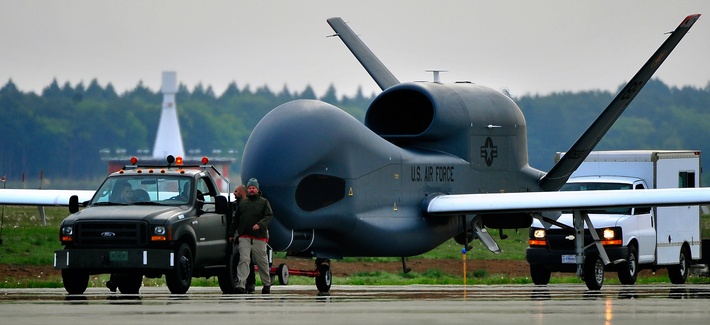 |
| A modern depiction of Huo Qubing’s cavalry charging a surprised Xiongnu force. Image Source. |
The 3,000 years of recorded Chinese history are full of bloodshed and war. In times of strength and union the Chinese warred with ‘barbarian’ peoples on the frontier; in days of disunion they fought bitter wars against each other. Very little of this history is known by Western readers, and to be frank, there are not many books English speakers can pick up to fill this gap in their education. Narrative accounts of most of China’s famous conflicts simply do not exist–not in English anyway. Getting a handle on any of these wars usually requires reading numerous works on narrower topics that mention Chinese military campaigns and grand strategy in passing. There is a pressing need for treatments of these wars (to say nothing of the broader history of Chinese strategic thought) that can be understood by Westerners not versed in Sinological conventions.
A few months ago Edward Luttwak published an essay on one the most significant wars of Chinese antiquity, the eighty year conflict between the Han Dynasty and the Xiongnu steppe confederation (133-53 BC). This was the first war in Chinese history between a nomadic empire of central Asia and a centralized Chinese dynasty. The scale of this conflict had no precedents in world history and was one of the most extraordinary events of the ancient world. The Han dynasty’s victory required the mobilization of 12 million men, campaigns in theaters 3,000 miles apart, and eight decades of fighting on the steppe.
Mr.Luttwak’s essay, which contends that this experience left an enduring impact on the Chinese psyche that can be seen in China’s foreign policy today, presents a deeply flawed account of the war. In response I have written a more accurate account of Han-Xiongnu relations and the first great barbarian war of Chinese history. ChicagoBoyz readers interested in military history, the ancient world, or contemporary Chinese strategy will find it of interest.
The first part, which summarizes Luttwak’s essay and sketches the Han’s antebellum strategy for dealing with the nomads, can be read here.
The second part, which narrates the course of the war itself and analyzes the tactics the Han used to defeat the Xiongnu, can be read here.
I welcome comments from ChicagoBoyz readers on the contents of either post.



